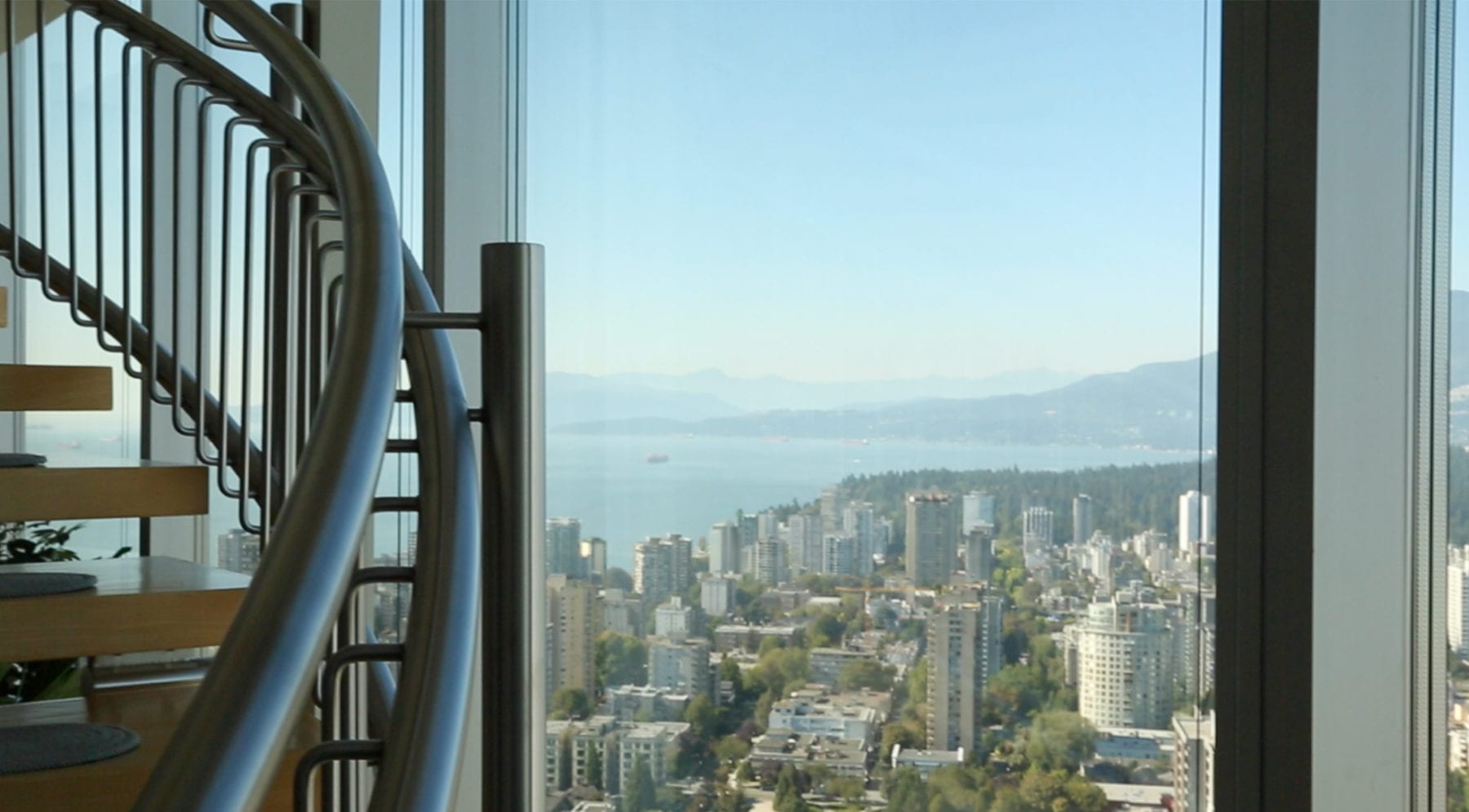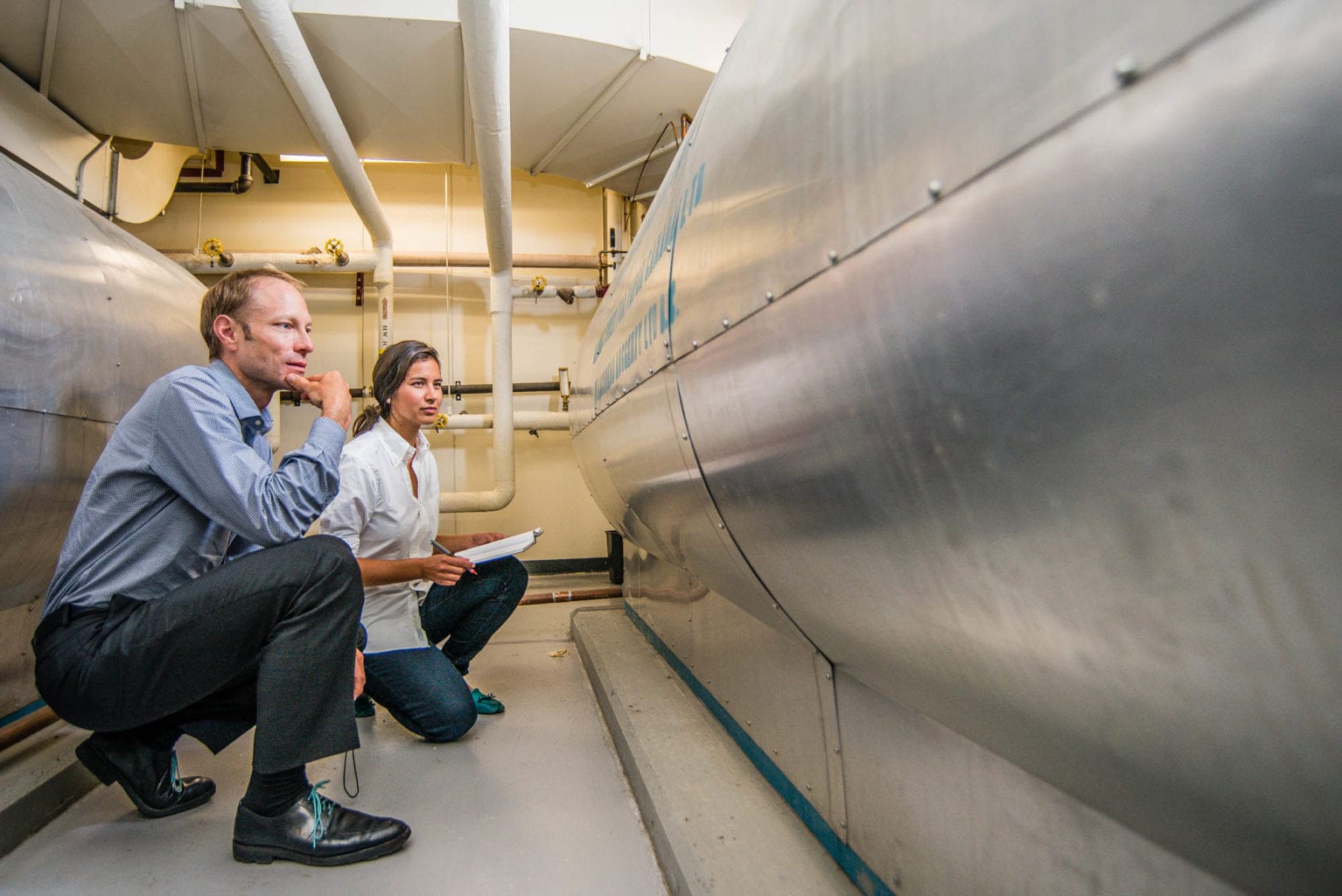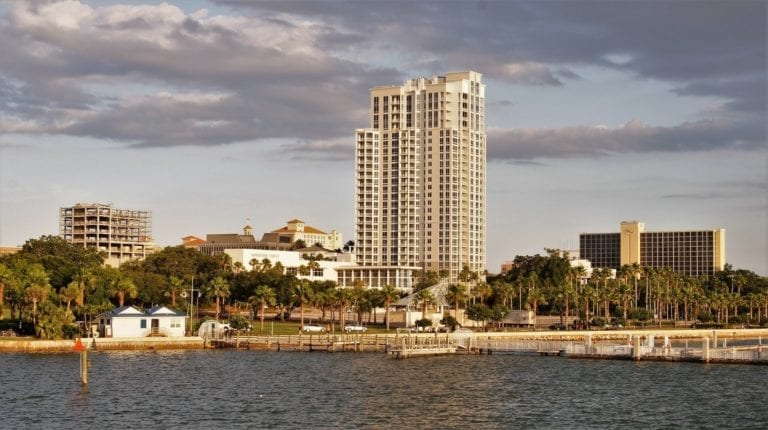This blog seeks to offer some meaningful insight into maintenance optimization strategies for buildings.
Why do we want to optimize?
At the outset, let’s be abundantly clear—optimization is not about idealistic and theoretical concepts in a world where money grows on trees. Optimization is about managing risk, saving money, and extracting the best possible value in a world of budget constraints, competing needs, and conflicting priorities.
Optimization is about balance; it is about pragmatic solutions to real problems.
The journey toward optimization is not an easy one. Along the way we need to wrestle with some insidious human traits. Many of the constraints on the path to optimization are as much about human psychology as they are about the behaviour of the physical components of our buildings. The challenge is to overcome some deeply entrenched perceptions and rationalizations.
One such difficulty arises from the fact that maintenance is a subject that many people find rather boring. Let’s be frank: maintenance is not a sexy topic. Who in their right mind would choose to read a maintenance manual over a good novel? We have to constantly keep the stakeholders engaged during each leg of the journey toward optimization so that they remain invested in the process.
Another difficulty arises from our human nature to seek immediate satisfaction. Nobody wants to wait. We all know that patience is a virtue, but few of us have the patience that maintenance requires of us. It is frustrating when we cannot “see” the line-of-sight from money spent today until the return that will be received many years, or decades, in the future.
Because we have so many other more interesting things to focus our minds on, there is a natural tendency to avoid thinking about maintenance unless we are compelled to do it for reasons such as safety, reliability, and aesthetics. We often procrastinate and put things off to some unspecified future date. For those of us who can afford to, we rely heavily on someone else to worry about maintenance for us. We want to delegate the maintenance burden to others.
A final example of the psychological challenges facing us on our journey is our need for tangible evidence in order for us to believe what someone tells us. We rely heavily on our senses to make decisions about the world around us—we need to see, smell, touch, or taste something to be convinced that it is real. My teenage son does not want to take my fatherly advice as he does not believe me when I try to convey my life lessons to him. He seems to want to experience the lessons for himself–the hard way. Sometimes we are only willing to learn from our mistakes and to take action after the problem has arrived at our doorstep and demands our attention. Deferred maintenance is notorious for quietly accumulating and then, suddenly, landing on our doorstep in the form of an immediate and pressing need.
That should suffice as an introduction to the human side of our story.
So, What is Maintenance?
Maintenance is commonly defined as any work done to preserve an asset, such as a roof or a boiler, to ensure its continued use and function above a minimum acceptable level of performance over its useful service life. The definition has two integral parts:
- Functional Value – Receiving a certain amount of benefit from the asset.
- Sustained Value – Preserving the benefit for as long as practicably possible.
We maintain our boiler so that it provides us with hot water for cooking and showering (functional value) and we have an expectation that the boiler will continue working for many years (sustained value). We maintain our roof so that it keeps the rain out of our building (functional value) and we would be disappointed if that roof does not keep us dry for many years (sustained value).
We are constantly in a value exchange negotiation with our assets.
We maintain in order to be able to continually extract the functional value from our assets. If we spend money on maintaining our assets and they do no last for some reasonable amount of time, then we would be disappointed with the exchange. If we “sweat” our assets and withhold maintenance, either intentionally or unintentionally, then we need to accept the consequences of our limited contribution to the exchange relationship.
This value exchange occurs in both tangible and intangible ways. This is where our story starts to reveal the impact of our insidious human traits on the quality of our maintenance programs.
Tangible Maintenance
We continue the next leg of our journey toward optimization with an example of a maintenance task that is seldom called into question. We pay a contractor to wash the dirt from the exterior inaccessible windows so that the residents of the building can immediately enjoy the views from their suites. We “see” the value exchange (both literally and metaphorically) and we pay the contractor without question.
This glass-cleaning task satisfies the first part of the definition of maintenance in that it keeps the asset’s function above a minimum acceptable level. The cleaning task justifies itself in two ways:
- There is a demonstrable Return-on-Investment (ROI) – We can see (empirically validate) that the dirt has been removed from the glass. The investment has returned the windows to a desirable state. It has tangible and unequivocal value.
- There is a measurable Time-to-Value (TTV) – Immediately upon completion of the cleaning task we can enjoy the views. The value is realized that same day. It is immediate.
There is no disputing that cleaning of the window glass is a legitimate maintenance activity. It provides the owners with clean windows for the use and enjoyment of their suites. It presents a compelling business case to the owners and is therefore seldom compromised in an annual maintenance budget.
However… [pause] … the glass cleaning task plays no role in helping the asset to “reach” the end of its useful life or to “extend” that life. Washing the glass does not change the timetable for the eventual replacement of the windows.
In other words, the glass cleaning activity only takes us half the way towards optimization because it only satisfies one half of the definition of maintenance. The other half of the equation requires something else…
Intangible Maintenance
There are many maintenance tasks that represent a different type of value-exchange.
This group of maintenance activities is focused more on satisfying the second part of the definition of maintenance — sustained performance. Here we must look into the future of our assets in order to appreciate how assets reach their full life expectancy or prolong it.
For example, it may be recommended to shutdown the power to the building on some interval (say, every five years) in order to blow out the dust from the transformers, which will mitigate the wear and tear from overheating. There is no immediate return on investment (ROI) to the owners in terms of improved use and enjoyment of their suites and the time to value (TTV) is measured in years, or decades, down the road when the transformers will be enabled to “reach” the end of their life expectancy.
While the return on investment (ROI) is much harder to measure, and the time-to-value (TTV) is not immediate, the potential return cannot be overstated.
We are required to think strategically and tactically in order to extract the returns from these long-range maintenance investments. Many condo owners and their elected board of directors are volunteers who are not typically experts in the field of reliability engineering. It therefore requires shared insight from experts; and this is where our human traits present us with a dilemma.
Owners are being asked to put their faith in the recommendations from 3rd party experts, such as manufacturers and consultants. We are being asked to be very patient before we will realize the benefits. We are also being asked to put our faith in something that we cannot validate immediately with our senses. And, on top of all this, we are asked to spend money on something that is not sexy.
As a result, the layperson building owner may be inclined to under fund these types of maintenance tasks and will rationalize by saying to themselves: “We can always do it next year” or “there is no problem now so let’s wait and see”. In response, I say that this sounds to me like: “I am going to start dieting next week” or “I need this one last cigarette before I quit”. If we procrastinate and rationalize with our personal health then why not do the same with our buildings. We are individually responsible for our personal health but collectively responsible for our buildings in which we live as common interest communities. Optimization of the maintenance programs on our buildings requires us to think beyond our own personal vested interests.
There is a colloquial expression that sums up this problem of the perception of value:
“Some maintenance tasks are simply not sexy enough.”
Recognizing that owners need to understand the value exchange in order to make informed decisions, it is essential that the experts who are making recommendations for intangible maintenance provide a means to more precisely quantify the ROI and TTV.
In our exploration towards optimization we will reveal how emerging technologies are providing maintenance teams with powerful diagnostic technologies to measure and quantify the value of some of these intangible maintenance tasks.
But first we need to understand the fine distinction between “reaching” life and “extending” life. This requires us to digress a little bit into the ominous realm of risk management in order to provide some useful context.
If we do not understand the risks arising from the value exchange with our assets then we cannot make informed decisions. If there is too much uncertainly orbiting around an intangible maintenance task, we cannot ascertain the risk.
Finding the right balance in order to manage risk
In our efforts to articulate the concepts of “reaching” life and “extending” life, it is necessary to explore the relationship between the Probability of Failure (PoF) of an asset and the Consequences of Failure (CoF) of our assets.
Let’s start with life safety assets, such as fire alarm equipment.
This equipment is stringently regulated by law and the owners are bound by mandatory maintenance schedules. For example, we must test and re-certify the fire extinguishers and smoke detectors every year. Also, we must eventually replace these life safety items on pre-established age-based schedules that are written into local statutes. The statutory requirements eliminate any uncertainties from the equation and the risks have been established. We are told that this is the way to do it and we must comply.
This is a group of assets where their lives can never be “extended” but only “reached” through maintenance.
There is no value in trying to optimize maintenance to buy more life from these types of assets. While the maintenance of life safety equipment is not “sexy” like the washing of the windows, the consequences of failure are too great and the owners are legally obliged to comply.
But this is the easy part of our story. Things can get really messy when we are faced with different levels of uncertainty and are required to establish our own risk tolerance. To be continued…




